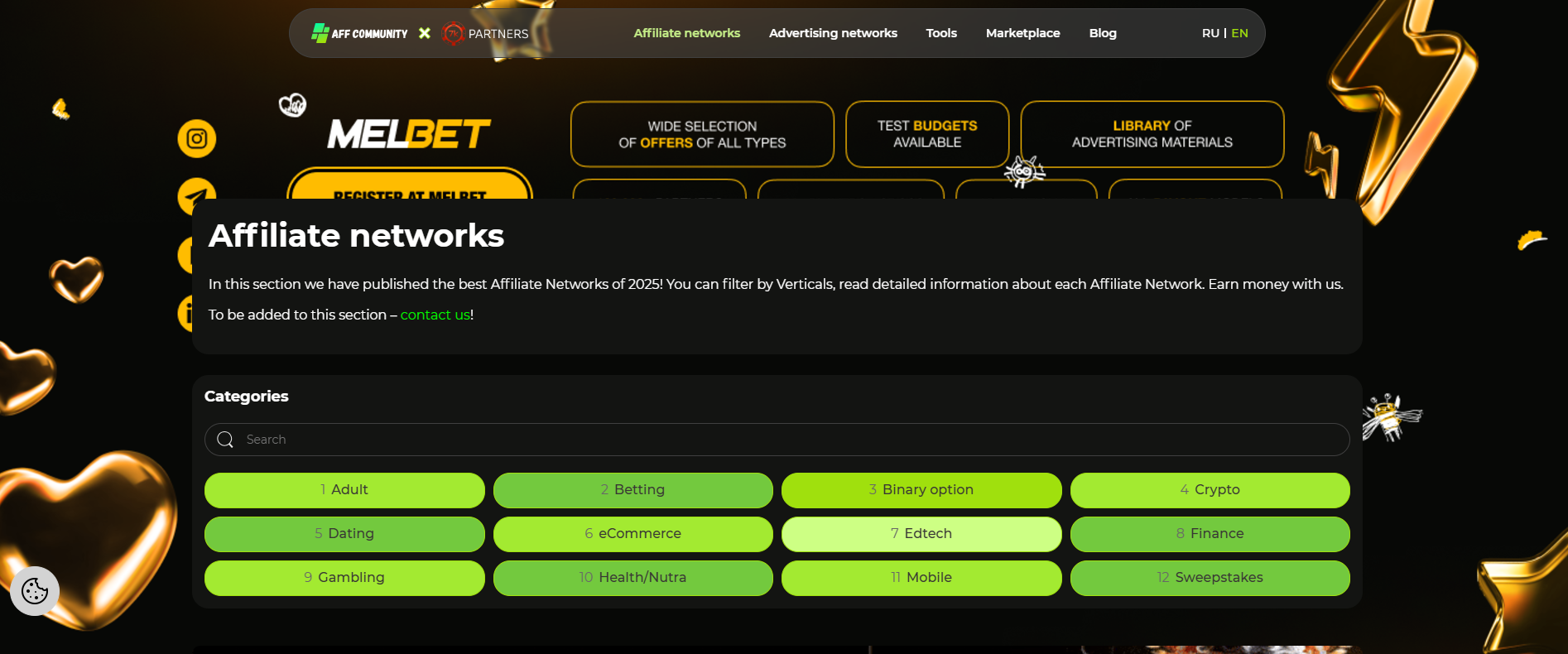Are your X Ads campaigns looking bleak, with low click-through rates and even worse conversion rates? Relax, it’s not the platform—it’s your ads. If you want your campaigns to shine on Twitter, they need to grab attention, spark curiosity, and make people want to click.
1: Leverage Trends, But Keep It Relevant
Trends are a goldmine for free traffic. After all, who doesn’t scroll through the daily trending topics? But hopping on trends is an art—you want to add value, not look desperate.
How to ride the trend wave effectively:
Find trends that match your brand’s vibe. For example, if you sell running shoes and the NYC Marathon is trending, jump on it! Try something like: “Run faster than ever! Gear up for the NYC Marathon with our shoes.” It’s relevant, timely, and appealing.
Add humor and creativity for extra points. For a holiday trend, you could go with: “Santa’s reindeer run fast, but you’ll run faster in our kicks. ”
When done right, your ad blends seamlessly with trending conversations, making it feel less like a sales pitch and more like valuable content.
2: The 3-Second Visual Rule
Humans have the attention span of a goldfish—3 seconds. If your ad doesn’t grab attention in that window, your money is as good as wasted.
Use high-quality visuals:
Low-resolution, bland images? That’s a big no-no. Go for sharp, vibrant, and emotional visuals that tell a story. Imagine a photo of someone jogging at sunrise, their shoes splashing through a puddle. Who wouldn’t feel inspired?
Make videos pop:
The first 3 seconds of a video are critical. Skip the long, boring logo intros. Instead, start with an action-packed scene. For instance: “Feel the wind beneath your feet—in just 3 seconds.” Pair it with dynamic visuals of someone sprinting effortlessly in your shoes, and boom—you’ve hooked your audience.
3: Write Like a Human, Not a Robot
Your ad copy is a conversation with your audience. Don’t stuff it with jargon or sound overly polished—it just makes people scroll past.
Here’s the difference good copy can make:
Too formal:
“Our shoes feature advanced cushioning technology for enhanced comfort and performance.”
Relatable:
“Tired of shoes that slow you down? These will keep you flying all day.”
Add a touch of humor, and it’s even better:
“Ever felt like flying? Put these on, and thank us later.”
Make it fun, engaging, and easy to connect with.
4: Tight Budget? Target Smartly
No big budget? No problem! X Ads lets you laser-focus your campaigns so every dollar counts.
How to target effectively:
By interests: If you’re selling running shoes, target people who follow fitness or running-related content. You wouldn’t want to show your ad to someone who spends their days gaming, right?
By behavior: X Ads tracks user activity. If someone recently searched for “best running shoes 2024” or followed a big-name shoe brand, they’re your ideal audience.
Smart targeting ensures your ads land in front of the right people, saving you money while boosting results.
5: Metrics Matter—Track and Tweak
Don’t just launch your ads and pray for the best. Keep a close eye on performance metrics, or you’ll never know what’s working and what’s not.
Key metrics to monitor:
CTR (Click-Through Rate): Low CTR? Your visuals or copy might need a refresh.
Conversion Rate: Are people clicking but not buying? The problem might lie on your landing page—perhaps it’s too slow or not convincing enough.
CPC (Cost Per Click): If your clicks are too expensive, refine your keywords to focus on high-value, low-competition options.
Use these insights to continuously improve your ads, turning wasted dollars into tangible ROI.
6: Keep Things Fresh—Switch It Up
Even the best ad gets stale over time. If your audience sees the same thing too often, they’ll start ignoring it.
Rotate ad creatives:
One week, try a playful tone: “Your old sneakers are crying in the corner. Upgrade already!” The next, go emotional: “Every step tells a story. Start yours with us.” Test different approaches and stick with what works.
Seasonal content wins:
Running a winter campaign? Try: “Run warm, run fast—even when it’s snowing.” Tying your ads to the season or holidays makes them feel timely and relevant.
7. MuLogin Browser—Your Secret Ad Management Weapon
Now, here’s a common challenge: you’re running multiple X Ads accounts for different markets or projects, and things start to get messy. Worse, there’s always the risk of accounts being linked or flagged by the platform. That’s where MuLogin Anti-detect Browser comes to the rescue.
Manage multiple accounts securely:
Imagine you’re running ads for two markets—one in the UK and one in the US. If you use a standard browser, your accounts might get flagged for suspicious activity due to overlapping fingerprints. MuLogin solves this by assigning each account a unique virtual fingerprint, making it look like they’re operating from separate devices.
Effortless account switching:
Managing 20+ accounts sounds overwhelming, but not with MuLogin. It lets you switch between accounts in seconds, saving time and keeping your workflow smooth. For example, you can analyze the UK campaign in the morning and tweak US ads in the afternoon—all without a hitch.
Cross-region operations made easy:
Planning to run ads globally? For instance, you might write one ad for the UK: “Run like the Queen’s guard (but faster).” And another for the US: “The road’s waiting. Are you ready?” MuLogin supports multiple IP addresses, so your accounts operate naturally in different regions without raising red flags.
Enhanced security for peace of mind:
Losing an ad account to “suspicious activity” is a nightmare. MuLogin keeps your accounts safe by masking your real browser environment, making you virtually untraceable.
Final Thoughts
Making your ads shine on X Ads isn’t rocket science. With attention-grabbing visuals, relatable copy, smart targeting, and constant optimization, you’ll see results in no time. Pair that with the efficiency and security of MuLogin Browser, and you’ve got a winning formula for managing multiple campaigns like a pro.
So, what are you waiting for? Go revamp your ads and watch the clicks—and conversions—roll in!








